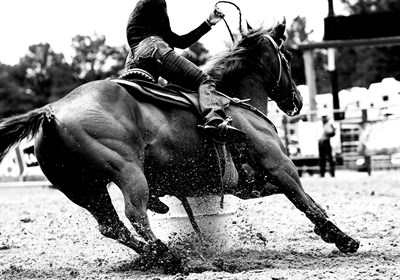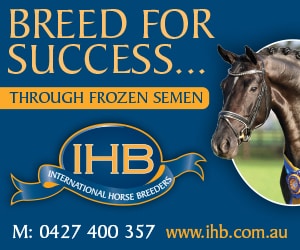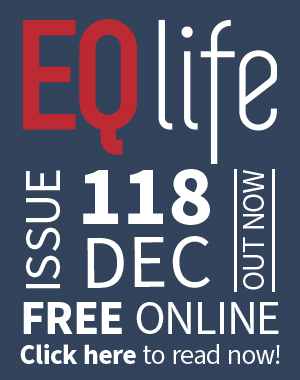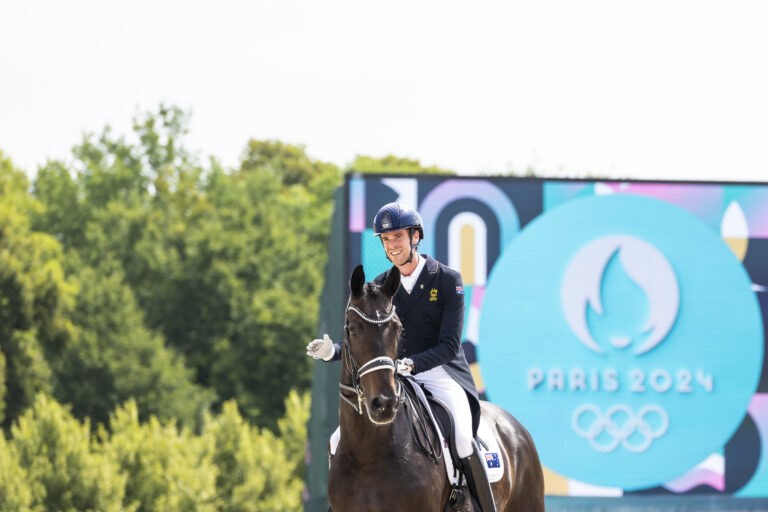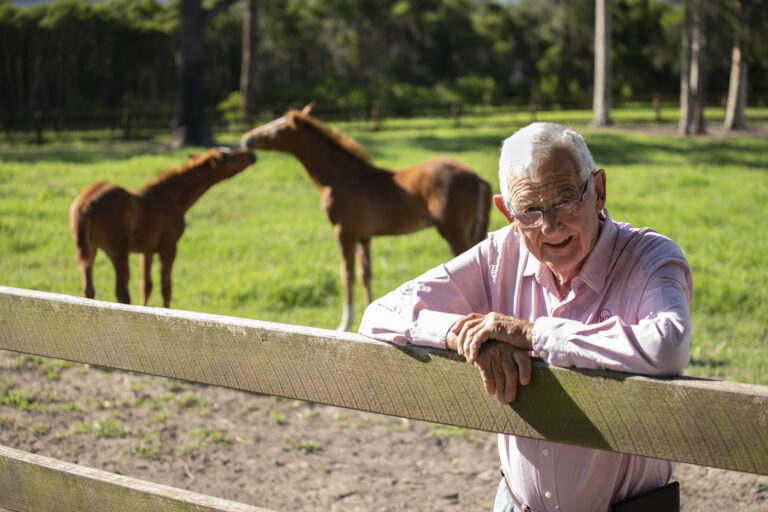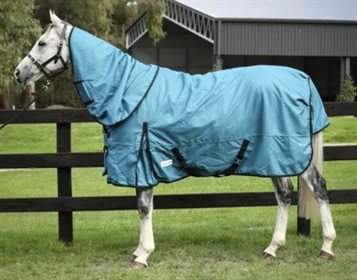Leslie Williamson of the NCTM for Equine and Companion Pets
What do our Equine Remedial and Sports Massage Students learn about muscle strains and what should all horse riders know and respect about tired and strained muscles?
The strain, injury and healing of fascia and muscle tissue can be divided into three phases – inflammation, proliferation and remodelling.
Initial Inflammation is a good thing. It brings all the emergency tools to the area and helps to break down and remove damaged tissue. However, the enzymes which help break down the damaged tissue will also break down healthy tissue if inflammatory responses continue and extend beyond the area of injury.
This stagnant build-up of fluids and cells results in tissues adhering to one another and deposits of fibrous tissue developing adhesions.
Proliferation is the repair process. When blood vessels mend, usually within one week of injury, new blood is brought into the area. This fresh supply of blood brings in the repair materials and takes away the damaged cells and fluid deposits.
Remodelling is the third and final stage of healing. It’s a long process involving cellular activity to restore previous structure and function. It is a stage, which is often overlooked or underestimated and can be contributed to re-injury and compensation throughout the body.
Repeat Strain Injury is unfortunately very common in horses, it can start with what seems a normal exercise session and gradually worsens over time. Because it happens over time, the compensation occurring is often not noticed until it becomes obvious.
Consider this: After a heavy exercise session, muscle strains occur. The result is inflammation with lymph, fibroblasts and enzymes clogging up the circulatory responses that usually aid in healing and replenishment. This internal traffic jam causes a build-up of acids and a feeling of being ‘stiff and sore’. The horse naturally becomes reluctant to move freely, lesser circulating responses cause further clogging up, adding to the pressure on nerve endings and increasing the pain and discomfort. The next ride on the horse may require quite a warm-up or a kick start to trigger an adrenalized response in the horse to get up and moving through the pain.
This can become such an unfortunate vicious circle, with a little more thought and understanding we can facilitate a horses’ exercise and management of muscle strains and R.S.I with improved pre & post exercise grooming practices and a set of highly skilled hands to massage every affected muscle to stimulate proper healing processes and increase flexibility and strength.
To learn more about our EMT Diploma in Remedial and Sports Massage, contact: nctm.com.au
Written in conjunction with NCTM.
READ THE LATEST NEWS ARTICLES HERE
